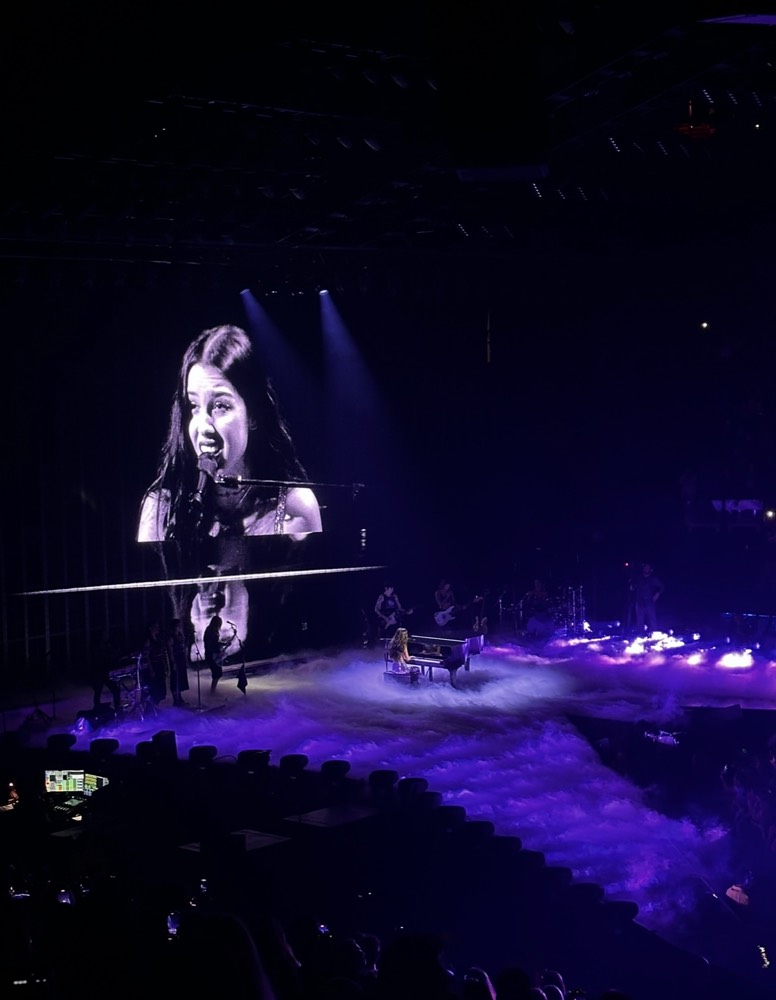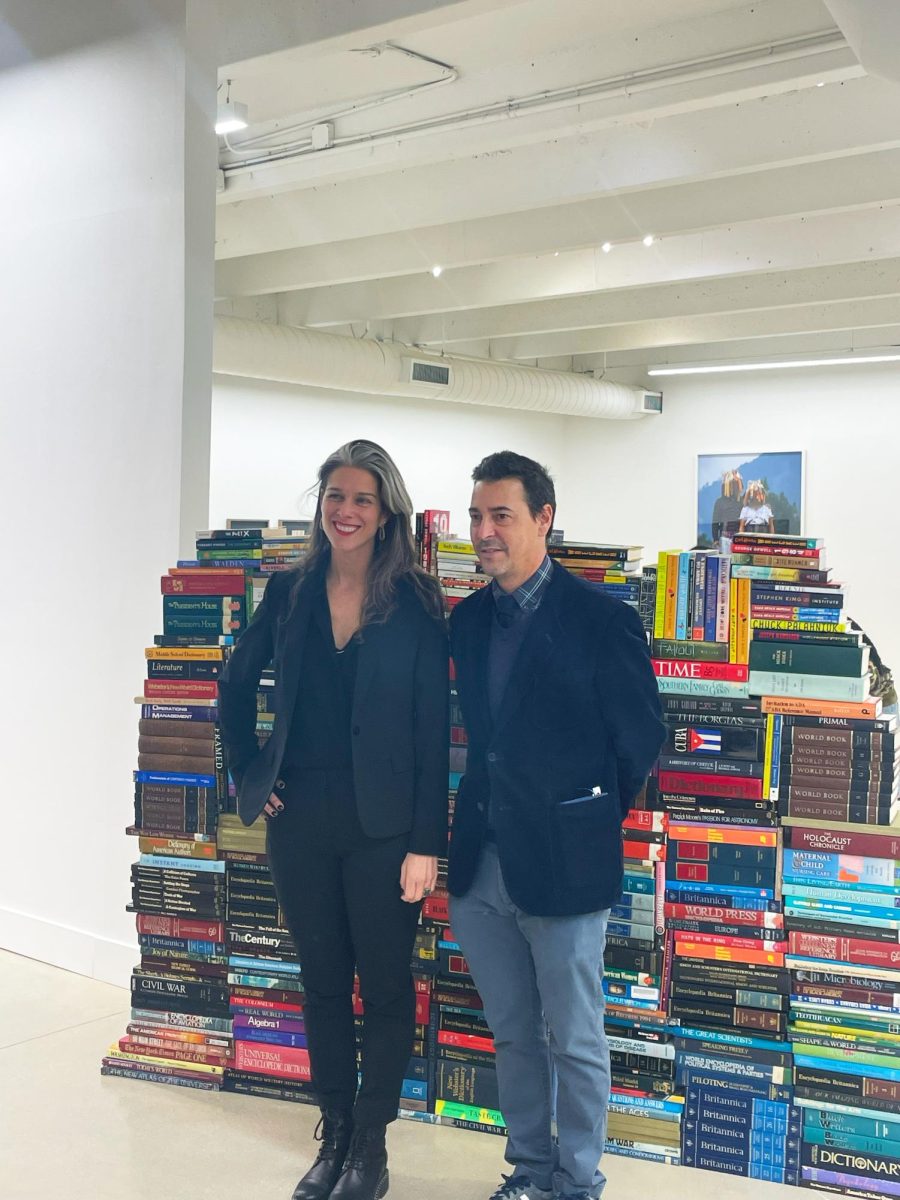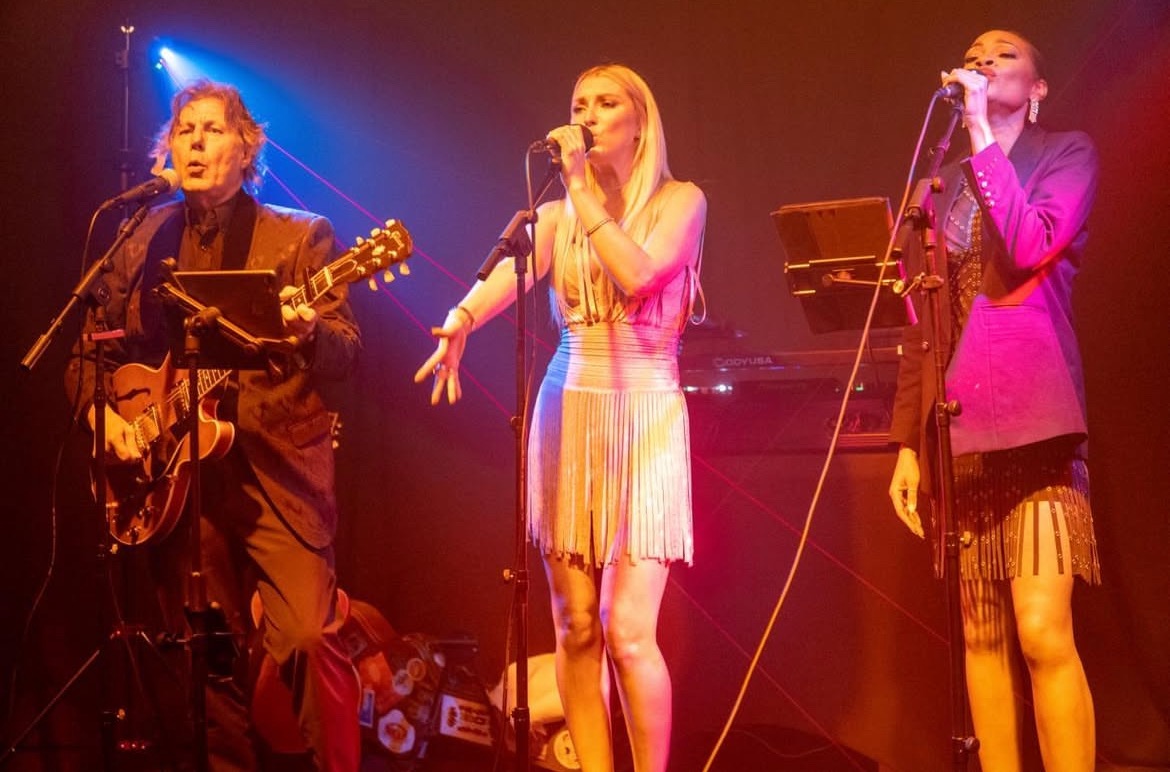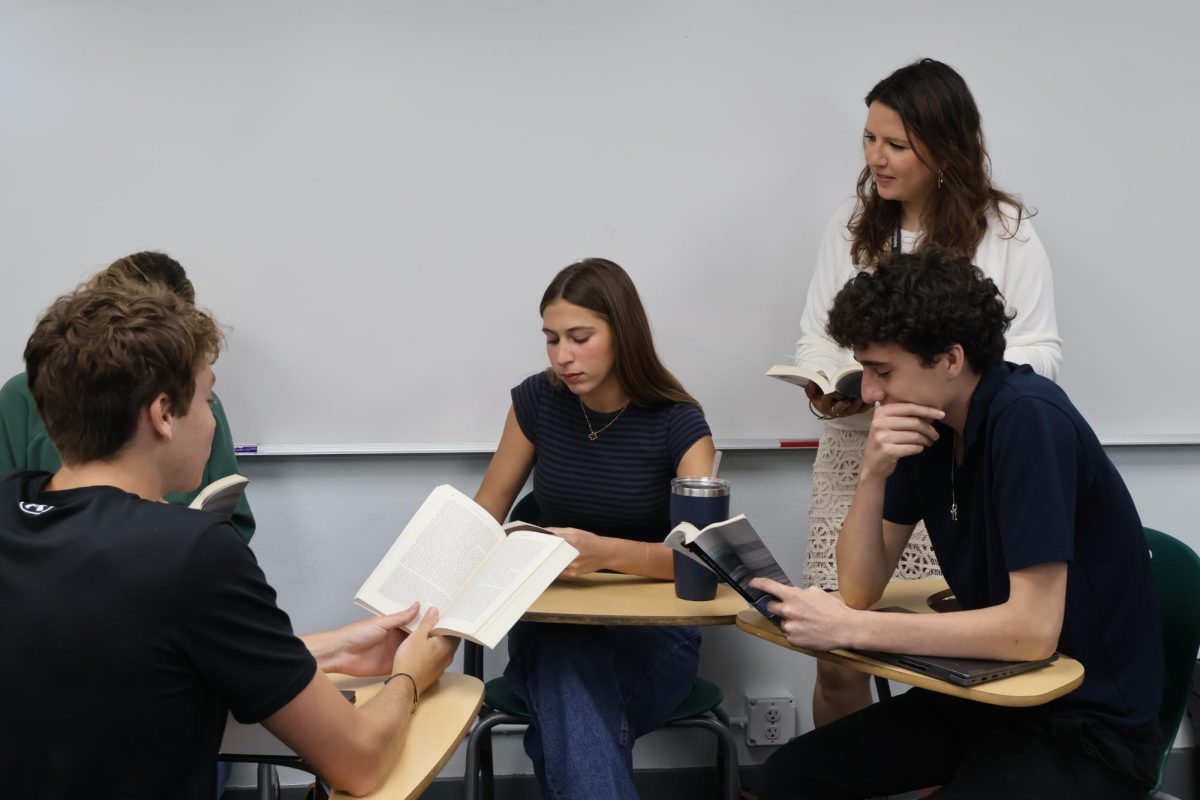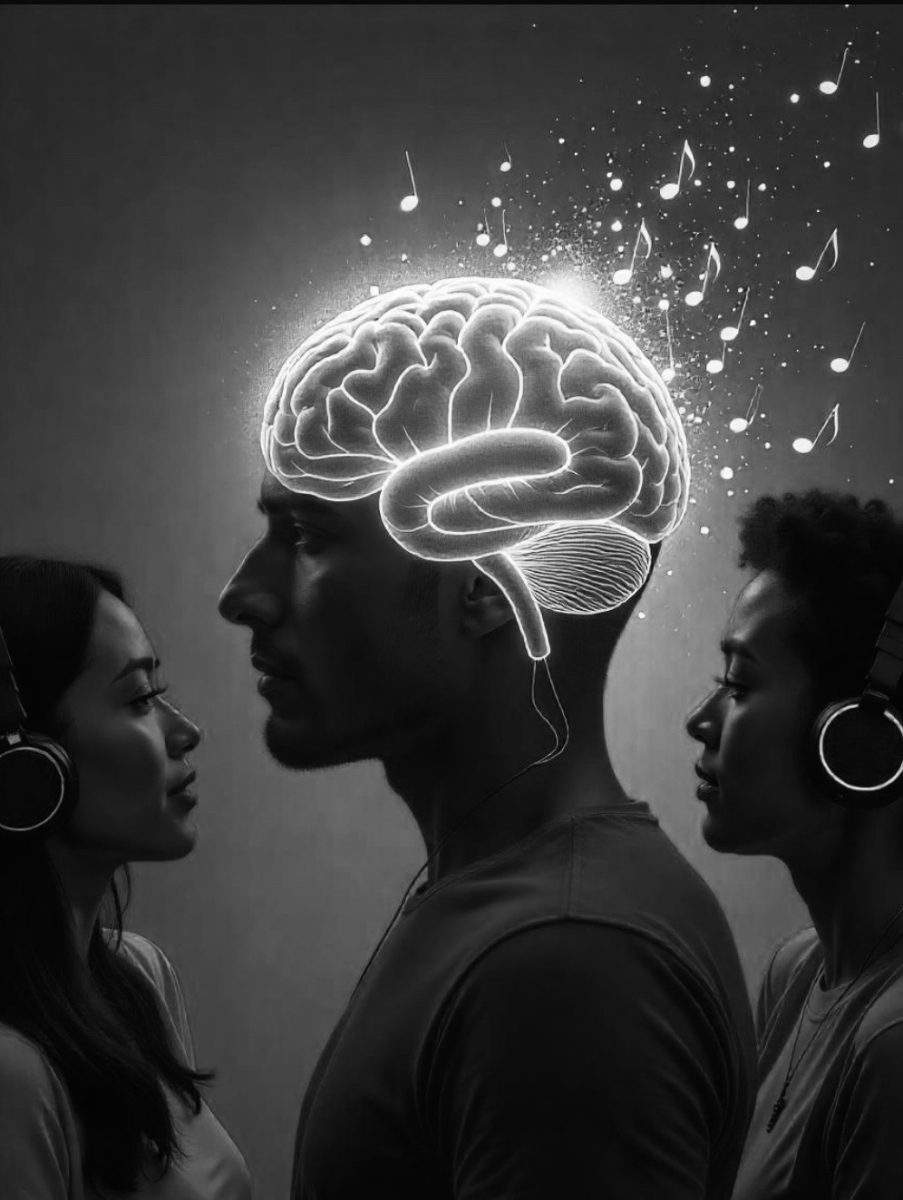They’re your favorite artist’s favorite artist. In an unexpected revival, female popstars aren’t just reclaiming the stage- they’re reinventing it.
Over the past two years, music fans have observed a resurgence of female pop icons. The last era dominated by female pop stars was arguably the period from the ’90s to the early 2000s, when Britney Spears, Avril Lavigne, or the Spice Girls reigned. Nowadays, we see these familiar faces reinvented in stars such as Sabrina Carpenter, Tate Mcrae, SZA, Olivia Rodrigo, Lizzo, Chappell Roan and even in artists who have been around for a while, like Taylor Swift, Lady Gaga and Beyonce.
“It’s taken the world and the music industry by storm,” said Chloe Steinberg ’27. “At the VMAs this year… a lot of categories were dominated by women. It’s been this whole uprising that I think people have been wanting. You get this sense of nostalgia from the ’90s and ’2000s.”
Although the 2010s had their fair share of iconic pop moments, with hits like “Call Me Maybe” and Lady Gaga’s infamous VMAs meat dress, today’s stars are having even more fun with their music and their celebrity. This is an era defined by creative experimentation, a new use of social media, and an emphasis on personal narratives.
Social norms have shifted dramatically from the 2000s to today. In the past, artists, especially women, faced external pressure to conform to expectations in order to maintain their success. The Spice Girls were one example: they presented their personas as clear female archetypes such as Scary Spice, Sporty Spice, and Posh Spice. Adhering to these narrowly defined roles while still promoting their central message of “girl power” was a struggle.
We also see the effects of harsh societal norms shaping a female pop star’s work in the case of Britney Spears. At the beginning of her career, Spears leaned into the heteronormative and submissive image of femininity that made her a star in music videos such as “Hit Me Baby One More Time.” While her persona of youthfulness and sex appeal skyrocketed her to fame, these traits became the very things she ended up being scrutinized for.
Since then, the music industry has changed dramatically. Artists are no longer afraid of losing popularity due to expressing unconventional ideas; rather, they are encouraged to do so. Social media has played a big role in this cultural shift. Rather than having their revenue, music and image controlled solely by record labels, female artists can now use social media platforms to connect directly with fans. This direct connection has allowed them to craft their own brand, convey ideas previously considered taboo in their music and find groups of supporters who appreciate the unique aspects of who they are.
For examples of this, we can look to artists like Chappell Roan and Lizzo. Roan’s drag persona and song lyrics explore queer sexuality unapologetically, while Lizzo has also leveraged social media to break convention.
At RE, many female students have found themselves drawn to the openness and vulnerability of these artists. “Especially as a woman, you really need to have a voice of your own and be able to tell your own story. I feel like that’s such an important part of our identity,” said Garoe del Coso ’27.
At the same time, another big reason female artists are thriving right now is the way they are tapping into the power of nostalgia. They evoke nostalgia from their own career or draw inspiration from a different time period as well as earlier eras of the music industry.
The incredible success of Taylor Swift’s “The Eras Tour” is one example: By revisiting every phase of her long career, she creates a reminiscent narrative for fans. Similarly, with artists like Tate McCrae and Olivia Rodrigo embracing comparisons to earlier stars like Britney Spears and Avril Lavigne, they’re tapping into a sense of familiarity, especially for fans who grew up with these iconic figures.
Sabrina Carpenter reaches even further into the past with her nostalgic visuals. In both her Outside Lands Festival performance, and her new “Short n’ Sweet” world tour, Carpenter leans heavily on the aesthetics and sounds of the ’60s. She has also incorporated the element of nostalgia by performing covers of songs by popular artists and bands of the past, such as ABBA, Madonna, and Shania Twain.
As we look to the future of pop music, it’s clear that this renaissance of female artists is not just a moment, but a movement. These musicians are reshaping the industry by celebrating their individuality, using their platforms to challenge societal norms, and creating spaces for authenticity and vulnerability. The resurgence of female pop stars isn’t just about reclaiming the stage; it’s about reshaping the entire industry for generations to come.


